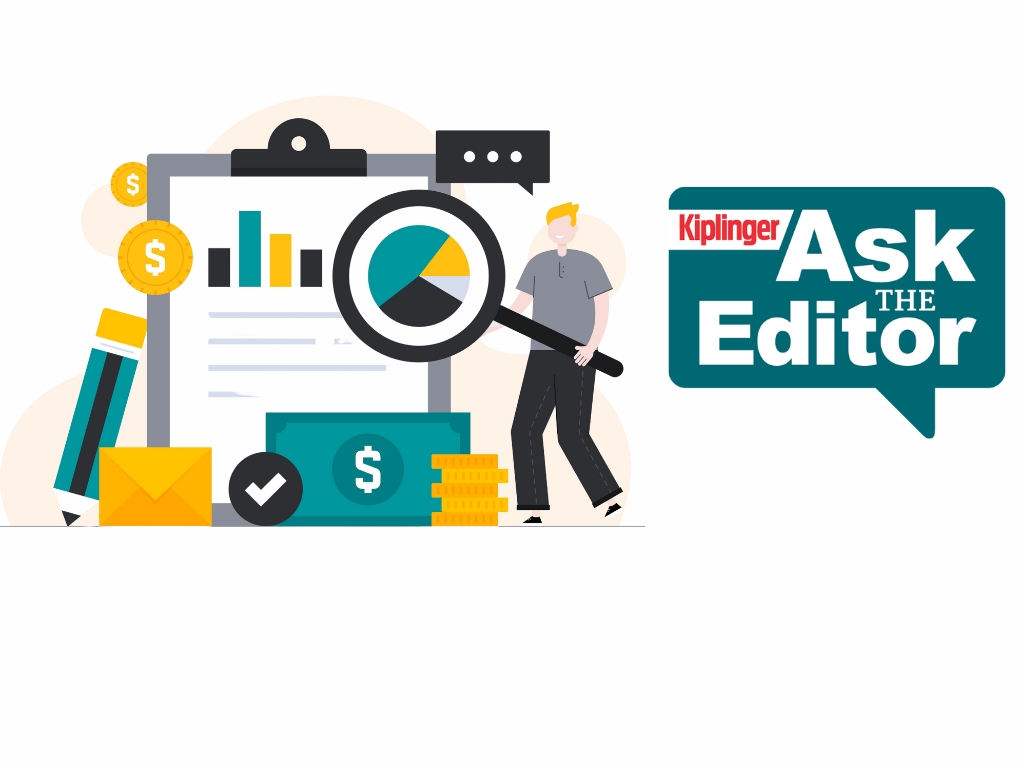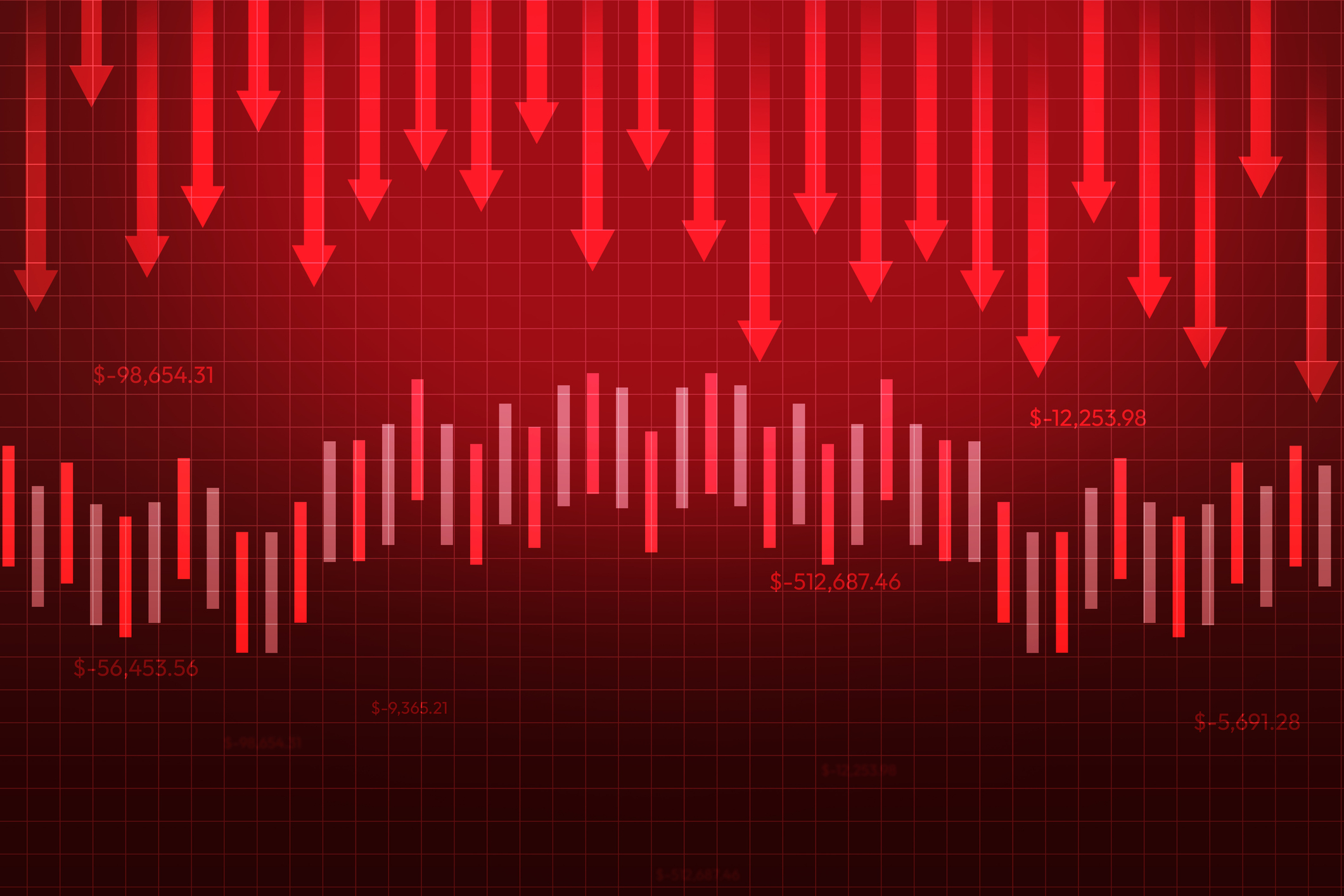Last 4 Triple-A Stocks Standing
Only these four publicly traded companies retain the highest possible credit rating. And each is a bargain at today’s prices.

We’ve been singing the virtues of high-quality dividend-paying stocks for months, and our tune still hasn’t changed. They’re a bargain: These stocks lagged during the market’s roaring rally off the lows of March 2009, and they’ve been beaten up along with everything else over the past few months. Not only are such blue chips cheap, they’re the kind of companies that you can feel good about owning in the face of economic uncertainty.
But within that elite club of high-quality companies is an even more selective group. Only four publicly traded companies still hold triple-A credit ratings (this figure has been in steady decline since the early 1980s, when 32 non-financial firms held the highest rating). Moody's, Fitch and Standard & Poor's assign ratings that assess a company's ability to pay its debts. To be sure, the credit-rating agencies haven’t covered themselves in glory over the past few years. (Remember AIG? It held a triple-A credit rating until less than a day after Lehman Brothers filed for bankruptcy in September 2008, sending AIG into a tailspin.) But this stamp of approval still means that a company is financially healthy, doesn’t have too much debt and is generating plenty of cash to meet its obligations. (All prices and related numbers are as of the September 8 close.)
Johnson & Johnson (JNJ; $58.85)
Johnson & Johnson is already virtually synonymous with quality. Its diversified collection of sleepy product lines -- from bandages and facial cleansers to medical devices and over-the-counter and prescription drugs -- has driven the company’s record of 76 straight years of expanding sales and 47 straight years of dividend hikes. Over the past ten years through September 8, the stock has rewarded shareholders with annualized returns of 4.4%, compared with Standard & Poor’s 500-stock index’s 1.3% annualized loss.
From just $107.88 $24.99 for Kiplinger Personal Finance
Become a smarter, better informed investor. Subscribe from just $107.88 $24.99, plus get up to 4 Special Issues

Sign up for Kiplinger’s Free Newsletters
Profit and prosper with the best of expert advice on investing, taxes, retirement, personal finance and more - straight to your e-mail.
Profit and prosper with the best of expert advice - straight to your e-mail.
The company’s shining reputation has been tarnished in recent months by a spate of product recalls. In January, April, and again in June, J&J announced recalls of a slew of over-the-counter drugs, encompassing its Tylenol, Benadryl and Motrin lines. That hurt revenues in the second quarter, when the company reported a 13% decline in sales of over-the-counter drugs, compared with the same period in 2009. Then, in August, the firm announced recalls of some of its hip-replacement devices.
But the stock is plenty cheap to compensate for the uncertainty. “This is a temporary issue,” says Bob Millen, co-manager of the Jensen fund (symbol JENSX), which holds the stock. “Five years from now, investors will be looking back and asking themselves why they didn’t buy more.” The shares trade for 13 times estimated 2010 earnings per share of $4.70 and for 12 times estimated 2011 earnings of $5.03 per share. The stock yields 3.7%.
Microsoft (MSFT; $23.93)
Johnson & Johnson may be famed for its shares’ consistency, but Microsoft is notorious for its decade-long status as a dog. Shareholders have lost 1.6% annualized on the stock over the past ten years, despite the company’s unflaggingly strong results. Return on equity, a measure of profitability, has averaged 30% over the past ten years; Microsoft has boosted its dividend payout at a 10% pace over the past five years; and the company generates cash faster than it can possibly spend it.
So why have investors given up on Microsoft? “What’s holding the stock down is investors’ recognition that there are a lot of threats to Microsoft’s cash cows: its operating systems and the Office suite of productivity tools,” says Millen. Google now offers low-cost and free applications. And buzz about a large-scale migration to “cloud computing,” through which shared storage and software would be leased out via the Internet, rather than hosted on individual computers, poses a fundamental threat to Microsoft.
But whatever the direction computing takes, Microsoft will have a presence. “Windows and Office will decline over time, but we believe Microsoft will be a major competitor in cloud computing,” says Millen. With a $37-billion cash hoard, Microsoft certainly has the resources to spend on research and development and acquisitions. Plus, notes Millen, the stock is so cheap you don’t have to assume go-go profit growth to make a case for owning it. “We think that if Microsoft can grow at an 8% to 9% rate, you’ll do better than the broad market,” he says. At its current price, the stock trades for just ten times estimated earnings of $2.36 per share for the fiscal year ending in June 2011. The stock yields 2.2%.
ExxonMobil (XOM; $60.75)
It might seem strange that an oil company would land on a list of tip-top names for quality and consistency, as energy prices can be so volatile. But ExxonMobil has long distinguished itself in this world. With a $311-billion market capitalization (share price multiplied by shares outstanding), Exxon is the largest U.S. publicly traded company and the largest energy firm in the world.
Exxon is known for picking profitable projects and avoiding dogs. That’s a valuable skill to possess when you’re as big as Exxon -- it produces more than two million barrels of oil per day -- as it takes ever-larger projects to register any growth. But Exxon delivers: Return on equity has averaged 26% over the past ten years, while earnings per share have grown at a 17% annualized pace. And the company is using its cash wisely by paying down debt it assumed from its recent acquisition of XTO (a natural-gas firm) and buying back huge amounts of stock. At its current price, the stock trades for seven times cash flow, which is slightly higher than the industry average but lower than its historical average valuation. The stock has returned 5.7% annualized over the past ten years. It currently yields 2.9%.
Automatic Data Processing (ADP; $39.66)
The business of Automatic Data Processing is far steadier than scouting and drilling for oil. ADP processes payrolls for companies -- cutting checks, sending out W-2 forms and more for its clients. “It has a large client base, and switching costs are very high,” says Millen. High switching costs imply the firm’s revenues are fairly stable and that ADP has some pricing power.
High unemployment is weighing on the stock because an expanding workforce is one source of growth for the company. But ADP has plenty of other avenues to pursue. For one, a significant swath of corporate America still handles its payrolls internally -- winning over these firms would boost ADP’s number of clients. ADP can also sell an increasingly broad array of services, such as 401(k) and health-benefits administration, to its existing payroll customers. Although 80% of its employer-services revenues still come from the U.S., the firm is making a determined push to increase its presence abroad.
Low interest rates aren’t helping ADP. Clients send ADP funds before the company cuts payroll checks. Between the time ADP receives the cash and the time it sends out the checks, it can invest the money for its own benefit. Earnings from the “float” generated $542 million for ADP in the year that ended last June, down from $610 million for the year that ended June 2007.
With a 3.4% dividend yield, the stock is paying you handsomely while you wait for it to show some life. At their current price, ADP shares trade for 16 times estimated profits of $2.42 per share, for the fiscal year ending June 2011.
Profit and prosper with the best of Kiplinger's advice on investing, taxes, retirement, personal finance and much more. Delivered daily. Enter your email in the box and click Sign Me Up.

-
 Trump Signals Plan to Ban Institutional Investors From Buying Single-Family Homes
Trump Signals Plan to Ban Institutional Investors From Buying Single-Family HomesThe president says the move could improve housing affordability. Here’s what the data shows about investor ownership, recent buying trends and what it could mean for homebuyers.
-
 Ask the Editor: How to Get Ready for Tax Filing Season
Ask the Editor: How to Get Ready for Tax Filing SeasonAsk the Editor In this week's Ask the Editor Q&A, Joy Taylor answers questions on the IRS tax filing season and your 2025 tax return
-
 4 Simple 2026 Money Targets to Aim For (And How to Hit Them)
4 Simple 2026 Money Targets to Aim For (And How to Hit Them)While January is the perfect time to strengthen your financial well-being, you're more likely to succeed if you set realistic goals and work with a partner.
-
 If You'd Put $1,000 Into Lowe's Stock 20 Years Ago, Here's What You'd Have Today
If You'd Put $1,000 Into Lowe's Stock 20 Years Ago, Here's What You'd Have TodayLowe's stock has delivered disappointing returns recently, but it's been a great holding for truly patient investors.
-
 If You'd Put $1,000 Into 3M Stock 20 Years Ago, Here's What You'd Have Today
If You'd Put $1,000 Into 3M Stock 20 Years Ago, Here's What You'd Have TodayMMM stock has been a pit of despair for truly long-term shareholders.
-
 Dow Rises 497 Points on December Rate Cut: Stock Market Today
Dow Rises 497 Points on December Rate Cut: Stock Market TodayThe basic questions for market participants and policymakers remain the same after a widely expected Fed rate cut.
-
 If You'd Put $1,000 Into Coca-Cola Stock 20 Years Ago, Here's What You'd Have Today
If You'd Put $1,000 Into Coca-Cola Stock 20 Years Ago, Here's What You'd Have TodayEven with its reliable dividend growth and generous stock buybacks, Coca-Cola has underperformed the broad market in the long term.
-
 If You Put $1,000 into Qualcomm Stock 20 Years Ago, Here's What You Would Have Today
If You Put $1,000 into Qualcomm Stock 20 Years Ago, Here's What You Would Have TodayQualcomm stock has been a big disappointment for truly long-term investors.
-
 Risk Is Off Again, Dow Falls 397 Points: Stock Market Today
Risk Is Off Again, Dow Falls 397 Points: Stock Market TodayMarket participants are weighing still-solid earnings against both expectations and an increasingly opaque economic picture.
-
 If You'd Put $1,000 Into Home Depot Stock 20 Years Ago, Here's What You'd Have Today
If You'd Put $1,000 Into Home Depot Stock 20 Years Ago, Here's What You'd Have TodayHome Depot stock has been a buy-and-hold banger for truly long-term investors.
-
 If You'd Put $1,000 Into Bank of America Stock 20 Years Ago, Here's What You'd Have Today
If You'd Put $1,000 Into Bank of America Stock 20 Years Ago, Here's What You'd Have TodayBank of America stock has been a massive buy-and-hold bust.